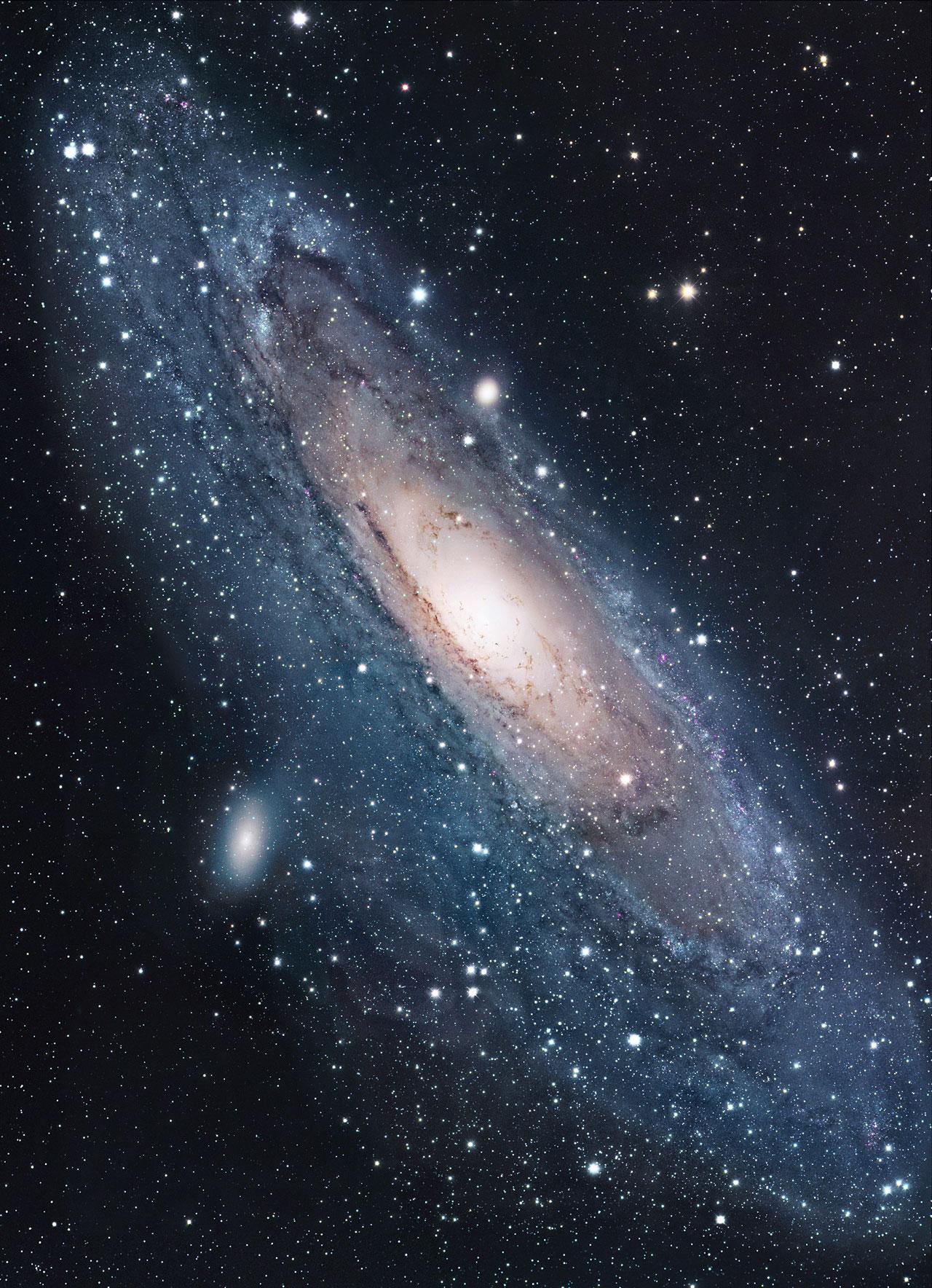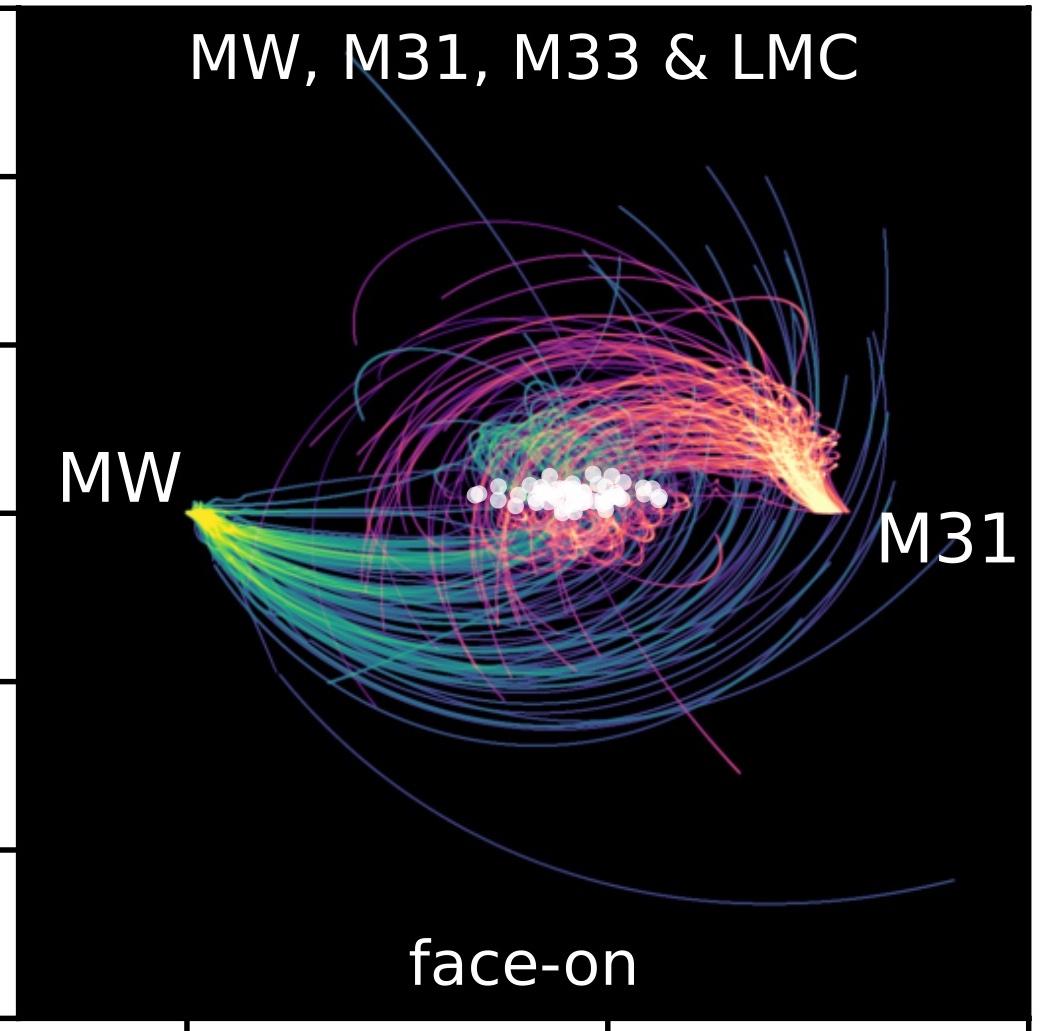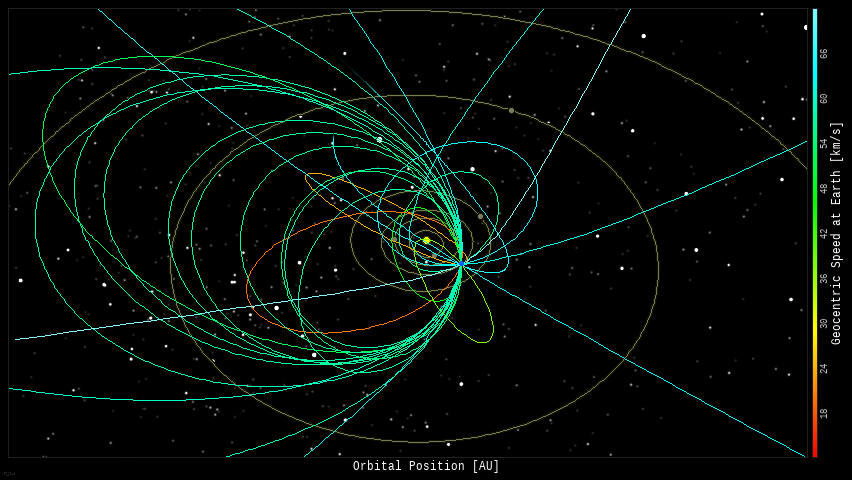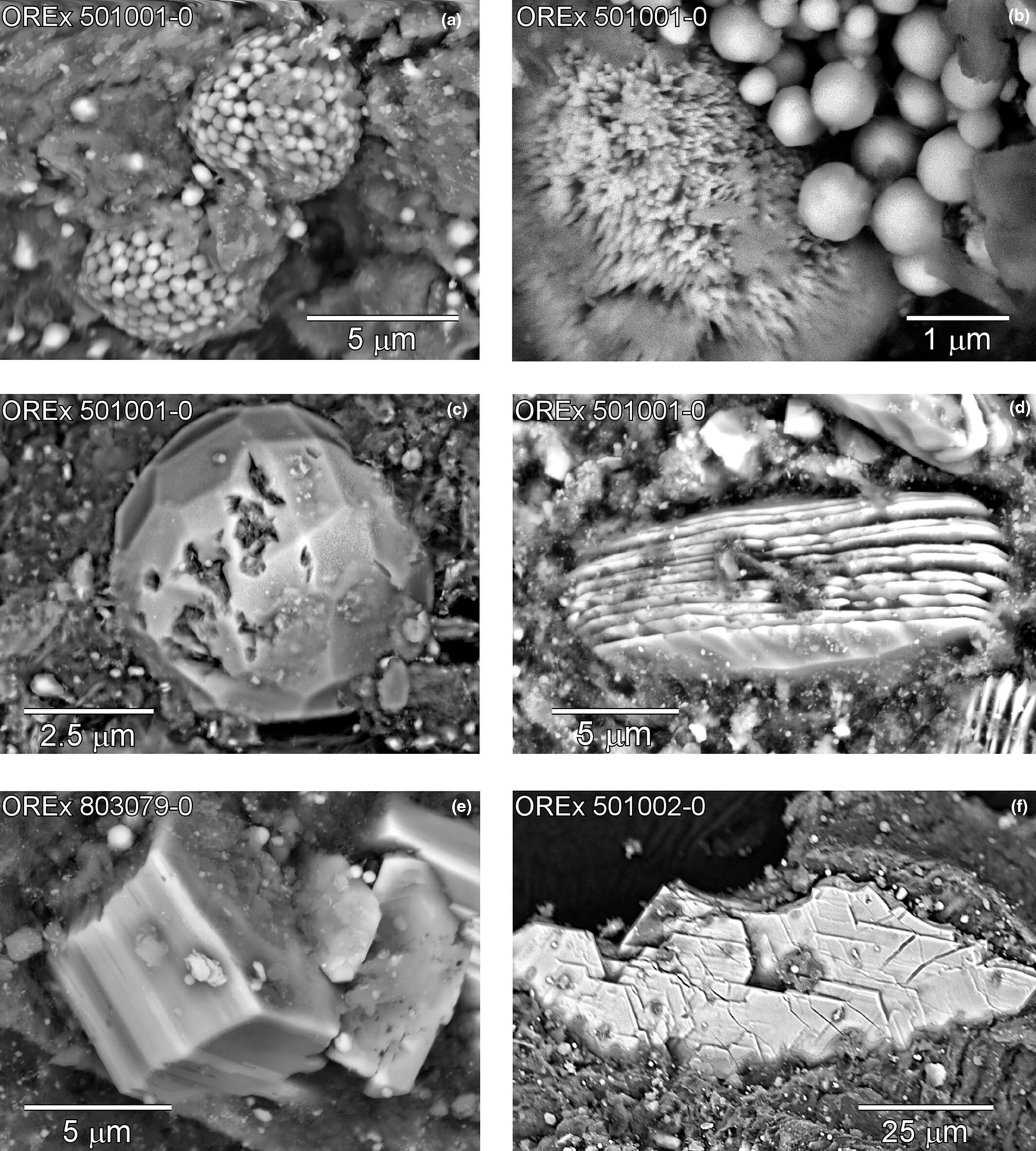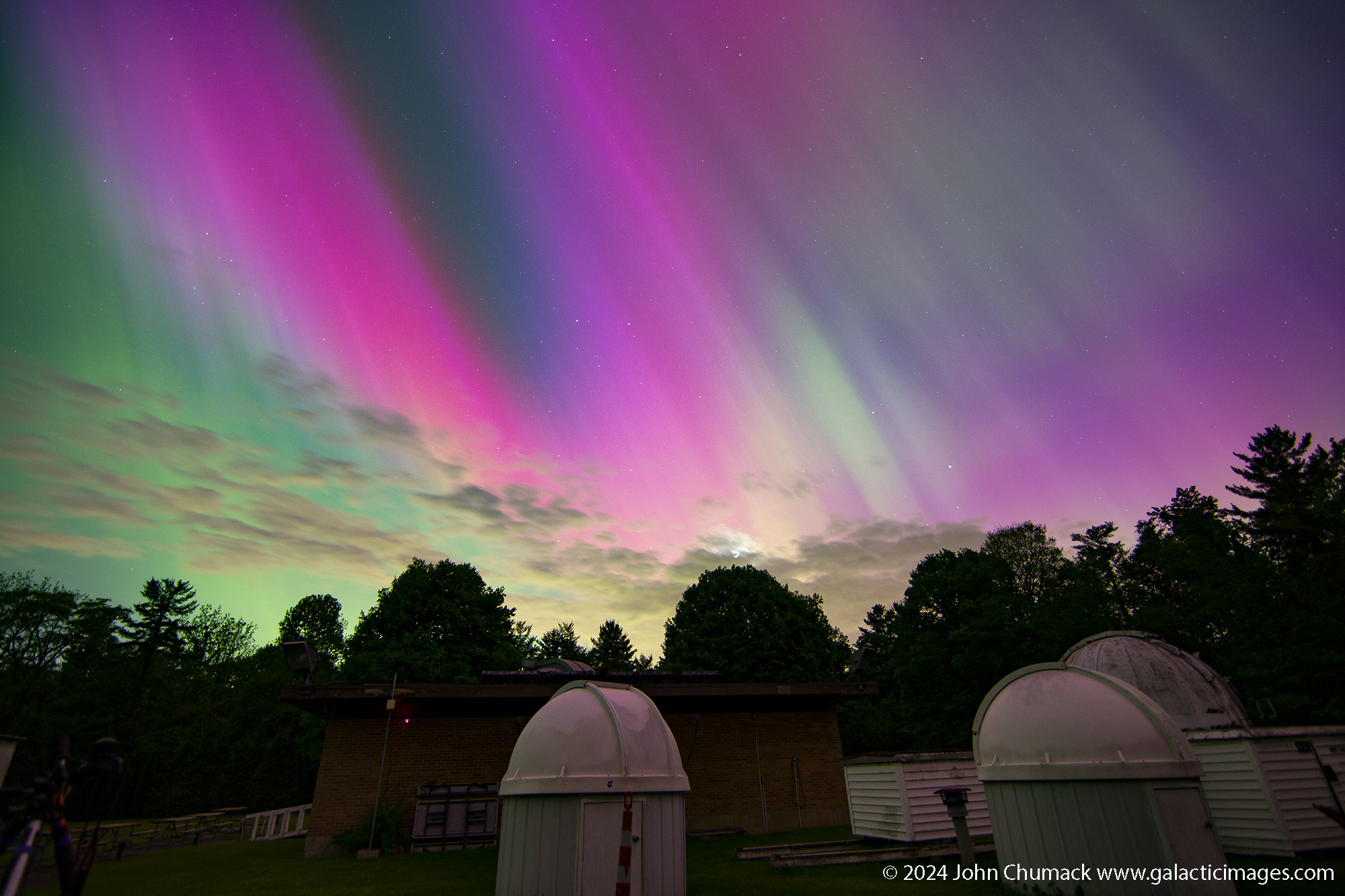Corey S Powell's latest activity
- 2y ·
-
Public·
-
mastodon.social
{"p":"","h":{"iv":"ROXSYW+cfvEbFHu5","at":"ocxplSQjdRC3tXEtB/9/wg=="}}
@Gargron Just made my #Patreon contribution to Mastodon! https://www.patreon.com/mastodon/
…See more
@Gargron Just made my #Patreon contribution to Mastodon! https://www.patreon.com/mastodon/
See less
@Gargron Just made my #Patreon contribution to Mastodon! https://www.patreon.com/mastodon/
@Gargron Just made my #Patreon contribution to Mastodon! https://www.patreon.com/mastodon/
- 4mo ·
-
Public·
-
mastodon.social
Sorry to mess with your long-range planning, but:
The Milky Way may NOT collide with the Andromeda galaxy in 5 billion years, as previous claimed. Move along, nothing to see here.
https://www.science.org/content/article/milky-way-may-escape-fated-collision-andromeda-galaxy #space #science #future #astronomy
…See more
Sorry to mess with your long-range planning, but:
The Milky Way may NOT collide with the Andromeda galaxy in 5 billion years, as previous claimed. Move along, nothing to see here.
https://www.science.org/content/article/milky-way-may-escape-fated-collision-andromeda-galaxy #space #science #future #astronomy
See less
Sorry to mess with your long-range planning, but:
The Milky Way may NOT collide with the Andromeda galaxy in 5 billion years, as previous claimed. Move along, nothing to see here.
https://www.science.org/content/article/milky-way-may-escape-fated-collision-andromeda-galaxy #space #science #future #astronomy
Sorry to mess with your long-range planning, but:
The Milky Way may NOT collide with the Andromeda galaxy in 5 billion years, as previous claimed. Move along, nothing to see here.
https://www.science.org/content/article/milky-way-may-escape-fated-collision-andromeda-galaxy #space #science #future #astronomy
…See more
See less
- 4mo ·
-
Public·
-
mastodon.social
Whenever you read one of those breathless stories about some asteroid passing close to Earth, keep in mind that small space stuff hits us. All. The. Time.
This map shows the orbits of things that hit Earth just *yesterday* -- and just over the southern & eastern United States!
…See more
Whenever you read one of those breathless stories about some asteroid passing close to Earth, keep in mind that small space stuff hits us. All. The. Time.
This map shows the orbits of things that hit Earth just *yesterday* -- and just over the southern & eastern United States!
See less
Whenever you read one of those breathless stories about some asteroid passing close to Earth, keep in mind that small space stuff hits us. All. The. Time.
This map shows the orbits of things that hit Earth just *yesterday* -- and just over the southern & eastern United States!
Whenever you read one of those breathless stories about some asteroid passing close to Earth, keep in mind that small space stuff hits us. All. The. Time.
This map shows the orbits of things that hit Earth just *yesterday* -- and just over the southern & eastern United States!
- 5mo ·
-
Public·
-
mastodon.social
This is what an asteroid looks like up close.
Really close.
Through an electron microscope!
First studies of the pieces of asteroid Bennu gathered by NASA's OSIRIS-REx spacecraft are out now:
https://onlinelibrary.wiley.com/doi/10.1111/maps.14227 #space #astronomy #nasa #science #life #astrodon
…See more
This is what an asteroid looks like up close.
Really close.
Through an electron microscope!
First studies of the pieces of asteroid Bennu gathered by NASA's OSIRIS-REx spacecraft are out now:
https://onlinelibrary.wiley.com/doi/10.1111/maps.14227 #space #astronomy #nasa #science #life #astrodon
See less
This is what an asteroid looks like up close.
Really close.
Through an electron microscope!
First studies of the pieces of asteroid Bennu gathered by NASA's OSIRIS-REx spacecraft are out now:
https://onlinelibrary.wiley.com/doi/10.1111/maps.14227 #space #astronomy #nasa #science #life #astrodon
This is what an asteroid looks like up close.
Really close.
Through an electron microscope!
First studies of the pieces of asteroid Bennu gathered by NASA's OSIRIS-REx spacecraft are out now:
https://onlinelibrary.wiley.com/doi/10.1111/maps.14227 #space #astronomy #nasa #science #life #astrodon
…See more
- 7mo ·
-
Public·
-
mastodon.social
Aurora colors come from atoms that are trying to shed some of their energy.
In very thin air, oxygen survives in a delicate, high-energy state that emits green light. In denser air, atomic collisions knock oxygen to a lower-energy state that emits red. Nitrogen is a robust emitter that glows bright in even lower, denser layers of the atmosphere.
Beautiful science.
https://www.swpc.noaa.gov/content/aurora-tutorial #aurora #science #space #nature
…See more
Aurora colors come from atoms that are trying to shed some of their energy.
In very thin air, oxygen survives in a delicate, high-energy state that emits green light. In denser air, atomic collisions knock oxygen to a lower-energy state that emits red. Nitrogen is a robust emitter that glows bright in even lower, denser layers of the atmosphere.
Beautiful science.
https://www.swpc.noaa.gov/content/aurora-tutorial #aurora #science #space #nature
See less
Aurora colors come from atoms that are trying to shed some of their energy.
In very thin air, oxygen survives in a delicate, high-energy state that emits green light. In denser air, atomic collisions knock oxygen to a lower-energy state that emits red. Nitrogen is a robust emitter that glows bright in even lower, denser layers of the atmosphere.
Beautiful science.
https://www.swpc.noaa.gov/content/aurora-tutorial #aurora #science #space #nature
Aurora colors come from atoms that are trying to shed some of their energy.
In very thin air, oxygen survives in a delicate, high-energy state that emits green light. In denser air, atomic collisions knock oxygen to a lower-energy state that emits red. Nitrogen is a robust emitter that glows bright in even lower, denser layers of the atmosphere.
Beautiful science.
https://www.swpc.noaa.gov/content/aurora-tutorial #aurora #science #space #nature
